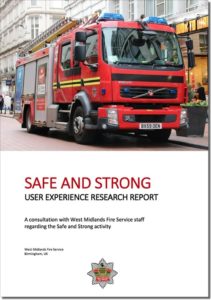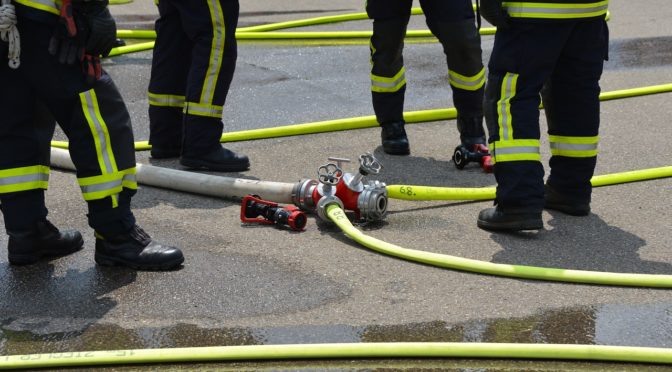Recently, companies are paying more attention to the experience of their workforce. As the name suggests, employee experience (EX) concerns the study of the quality of experiences during work, as perceived by employees. EX is sometimes referred as enterprise UX, which is the design of products for people at work. It includes any software, device or interface that help workers perform their job. From the moment they apply for a job, to the day-to-day activities up to the point they leave the organisation, it all counts towards that perception of quality of experience. And obviously, companies want EX to be positive in order to attract the best candidates, retain talent and stimulate productivity.
From my own experience, often workers have a lot of negative things to say about conditions, processes or specific aspects such as the software they’re forced to use at work. I’ve been working with EX since 2012, when I used the Technology Acceptance Model (TAM) during my PhD to measure the user acceptance of an application I designed. In 2015 I was working with EX, even though at that time we didn’t call it EX, it was simply UX of employees. Staff working for train operating companies in the UK had their journeys mapped and their personas created as part of the Closer project. Reports and examples of activities can be seen here on this website such as the employee personas or crew journey maps.
Firefighters’ experience
Recently I was working for the West Midlands Fire Service conducting research projects to understand EX in relation to specific services they provide. Firefighters are responsible for the emergency response in case of fire, but there is also a range of additional services to perform. For example, they conduct audits of commercial properties, give advice to vulnerable businesses, visit households at risk, and collect information about the safety of tall buildings (especially crucial after Grenfell).
While doing these offline activities, they have to interact with several digital services, where they consult information and input data collected from these visits. It was necessary to understand their activities and requirements for the systems and devices they have to use in context. Sometimes they are visiting businesses with tablets, or travelling to incidents using a mobile device docked in the fire engine, or inputing data via desktop computers at their stations.
This work was part of a multidisciplinary team comprising of designers, an in-house development team and business analysts. As a UX researcher my role was to understand user experiences of firefighters and commanders, taking in consideration the safety and emergency aspect of their work.
Firefighters’ EX

For 10 months we conducted focus groups, online surveys and interviews with more than one hundred firefighters and station commanders. The objective was to map their current journeys, understand behaviours, feelings and needs. And most importantly, the aim was to provide recommendations for improvements, with clear suggestions of actions to improve both the services provided and the EX.
Thematic analysis of qualitative data and statistical analysis of quantitative data were performed, and resulted in a 56-page report with a journey map, a service blueprint, 17 actionable recommendations and other useful results to the organisation. Meetings with the Strategic Enabling Team and the Chief Fire Officers took place, having my report as the source, so they could make informed decisions concerning the future of specific services they provide.

